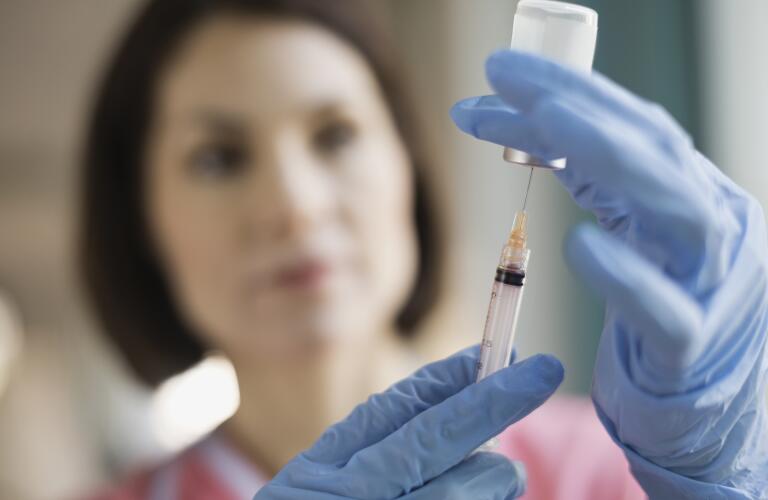
Living with migraine headaches is difficult. It can be scary to feel so much pain, and not know when a migraine will occur and how long it will last.
If your migraines are mild and don't occur often, you might get by with simple lifestyle changes and over-the-counter pain relievers. If your attacks are more frequent or severe, prescription-strength pain relievers and migraine prevention drugs are an option.
There also are several medical procedures for treating migraines. Some have just recently been approved. These include injections, nerve stimulation, biofeedback training, acupuncture, and surgery.
1. Botox Injection
This is an approved treatment for migraines that occur several times a week. You get Botox injections in your head and neck area about every three months. If they work, they may make future migraines less severe.
You will need to get quite a few injections during each treatment. The needle is small and not very painful. You can expect results in about two weeks. A typical treatment session takes about 15 minutes. If the treatment works, you could have as many as five treatments over 15 months.
2. Transcranial Magnetic Stimulation (TMS)
TMS is a procedure recently approved by the FDA (U.S. Food and Drug Administration). You can do TMS at home with a device that's like a hair dryer. You hold the device to the back of your head. It gives off magnetic pulses. If you use the TMS device at the first sign of migraine pain, it may prevent a full-blown attack.
This procedure has approval for people who have migraine aura warning signs before a migraine. Studies show that TMS prevents migraine attacks in about 38% of those who try it. You may not be able to use TMS if you use a medical device like a pacemaker.
3. Biofeedback
Many studies support the use of biofeedback for reducing migraine attacks. Biofeedback could reduce your headaches by about 40% to 60%, but it takes time to learn the procedure.
Biofeedback involves using a device that monitors your muscle tension or skin temperature. By reading or listening to the monitor, you can learn to control your stress level and relax your muscles.
If stress triggers your migraines, you might also benefit from non-medical ways to reduce stress, like deep breathing and guided relaxation.
4. Acupuncture
This traditional Chinese medical procedure has had mixed results for migraine headaches. One reason results are hard to come by is that acupuncture is difficult to study in a clinical trial. However, at least one study found a 34% reduction in headaches for people using acupuncture, mostly for migraine headaches. Make sure you use a trained and certified acupuncturist, and one with experience treating people with migraines.
5. Migraine Surgery
To be a candidate for migraine surgery, a neurologist must first diagnose your migraines. This doctor must also determine your headaches are specifically caused by pressure on certain nerves around your head and neck. During the surgery, the doctor will decompress the nerve. This means freeing it from any areas of pressure. Your doctor may suggest this surgery if medication has not worked well but Botox injections have helped.
You can have the surgery done as an outpatient. It usually takes about two hours. It may take longer if more than one nerve needs decompression. You might have bruising and swelling. If the surgery works, you could have fewer and less severe migraines. There is even about a 30% chance that you would be free of migraines completely.


















